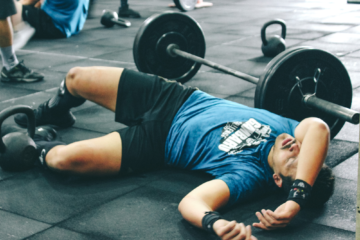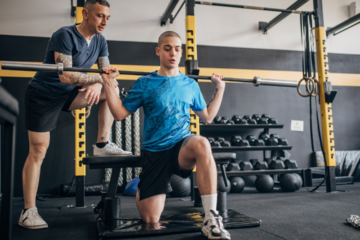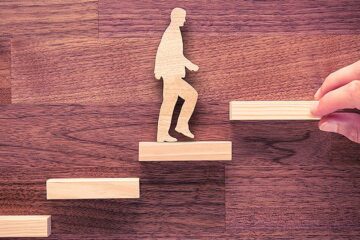Firstly, lets be clear about what we mean when we say “soreness”. We’re talking about that stiff and achy feeling you get in your muscles 24-48 hours after your workout and then stays around for roughly the same time. This is referred to as delayed onset muscle soreness or DOMS for short and is thought to be a consequence of inflammation within the muscle. That inflammation is thought to be quite necessary but that’s an article for another day.
It should be noted that we don’t fully understand muscle soreness just yet but there are a couple of leading theories as to why we experience pain or soreness post workouts. It begins within our resistance training sessions where it is believed that micro tears at the muscle and cell level occur signalling to the brain the need for repair. This triggers an immune response causing inflammation in the muscles which send microbodies you may have heard before such as macrophage and cytokines to the site. As is the case with inflammation a large amount of fluid is sent into the muscle belly and the combination of these factors is said to increase soreness.
But how? The leading theory for muscle soreness suggest that due to the increased pressure and microbodies in the muscle cell our pressure, mechano- and pain sensory receptors provide higher levels of feedback to the brain which consequently relays back a bigger “soreness output”. The theory suggests all these receptors are involved as DOMS may be experienced in different manners by each individual but isn’t generally a sharp pain. People also may experience decreases in range due to greater sensory feedback which inhibits movement.
Although we don’t fully understand DOMS, there are a few factors that line up with this theory with one of them being how we reduce DOMS. Activities that attenuate fluid our of the muscle belly has been found helpful in reducing muscle soreness. This includes light exercise with repetitive muscle actions such as light cardio, massage and more recently theraguns. It also might suggest why static modalities like static stretching does not help reduce soreness as nothing is helping that fluid or those inflammation markers out of the muscle.
So the next time you feel stiff and achy from a hard session – get moving! It’s weird how that’s the answer for most questions surrounding muscle and joint problems – maybe there’s something in that. Keep exercise at a low intensity for as little as 10-15 minutes. Alternatively, treat yourself and get a massage but just know that massages with DOMS are so much more painful than 10 minutes of exercise.



0 Comments